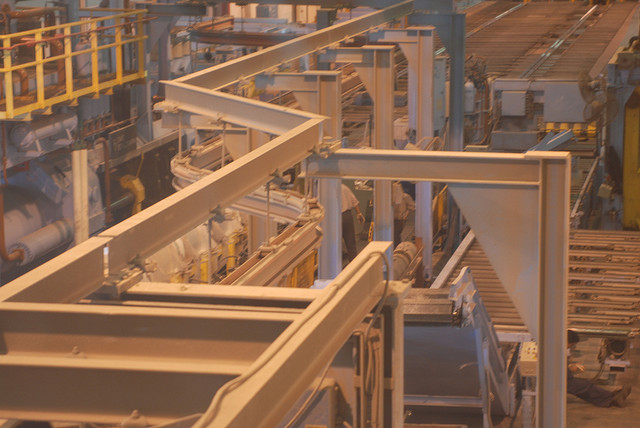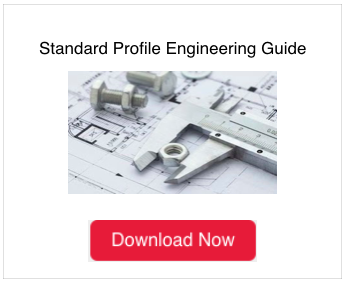
Metal extrusion is a production process that has stood the test of time. Manufacturers have used the popular process as a common fallback method to create a variety of metal parts and products.
Low tooling costs and its success forming lightweight parts has made aluminum extrusion a trusted method for many engineers—especially engineers unfamiliar with an alternative process such as roll forming.
Maybe you don’t have experience designing parts and products for roll forming, or you’re not sure what products are appropriate for roll forming. Whatever the reason, roll forming’s ability to cut costs and increase efficiencies is worth taking the time to evaluate.
Before extruding your next project, consider the four main factors listed below when deciding between extrusion and roll forming:
1. Design
The biggest design difference between extrusion and roll forming comes down to secondary, value-add operations. Before any secondary operations can be added to an extruded part, it must go through a secondary aging process in an oven. Meaning, extruding cannot produce a part or product with multiple bends and secondary operations in a continuous progression.
Roll forming is a great candidate for complex part designs with multiple bends and requiring secondary operations, such as hole punches, embossing, notches or slots. Multiple hits can be consolidated into one, continuous progression.
2. Length
Both extrusions and roll forming can produce long parts efficiently. But the length of an extruded part or product is dependent upon the amount of material in the work piece and its profile.
The only length limitation of roll forming is the length of the coil being fed into the line, which in turn produces less scrap than sheet metal.
Related article: Want to learn more about the differences between roll forming and stamping? Read Roll Forming or Stamping: 5 Factors To Drive Your Sourcing Decision.
3. Material
The most common metal many manufacturers are comfortable extruding is aluminum, which can be hot or cold extruded due to its high malleability.
Steel, however, cannot be extruded because it cannot be manipulated the way aluminum can. Roll forming can handle stronger, lighter metals, such as light gauge HSLA or structural steel, because of its slow forming speed made possible with specially designed tooling.
By roll forming a previously extruded part, you can often drop gauge without sacrificing strength, cutting weight and costs in the process.
4. Tooling
The best way to determine total tooling costs and amortization terms for extrusion and roll forming is to evaluate the following three factors:
- Custom or standard profile.
- Design complexity.
- Run volume.
Volume is the key deciding factor—If the run volume is low, extrusion tooling costs will most likely be less than roll forming. But if the run volume is high, per piece setup and labor costs should favor roll forming.
Partial tooling investment ties up capital on the shop floor, and often requires additional payment or fees to manufacture with another supplier or in-house. Amortizing tooling costs allow full ownership of your investments.
The decision between metal extrusion and roll forming is not an easy one, and that is why it is important to weigh each factor carefully.
New to roll forming and not sure where to start? Save time and money with this free Standard Profile Engineering Guide. You’ll have access to nine roll form profiles, which utilize in-house tooling at Hynes. Download the free guide to get started with your roll forming designs.


